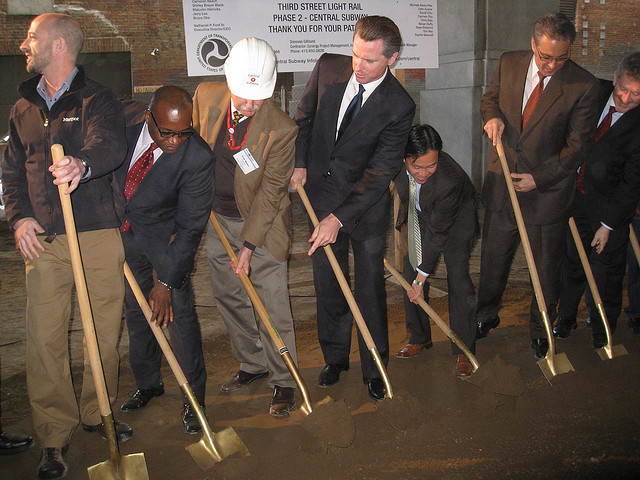A Bay Area writer, Kim-Mai Cutler, writes what she supposes is the definitive analysis of why housing in San Francisco is so expensive. Unfortunately, she left a few things out.
She blames expensive San Francisco housing on Google’s refusal to build housing on its own campus in Mountain View–which Google says it can’t do because of the need to protect a rare owl. But Cutler defends the right of “anyone–rich or poor–the chance to transform or be transformed by” living in San Francisco. How can the City of 800,000 people achieve that when there are another 2.5 million people at its doorstep most of whom wish they could live in the Paris of the West?
Cutler’s solution is to build “affordable housing.” That means subsidized housing. If everyone in the nation has a right to live in San Francisco regardless of income, who is going to pay the subsidies? It also means high-density housing. Just how attractive and hospitable will San Francisco be after all of its single-family neighborhoods have been replaced by mid- or high-rises?









